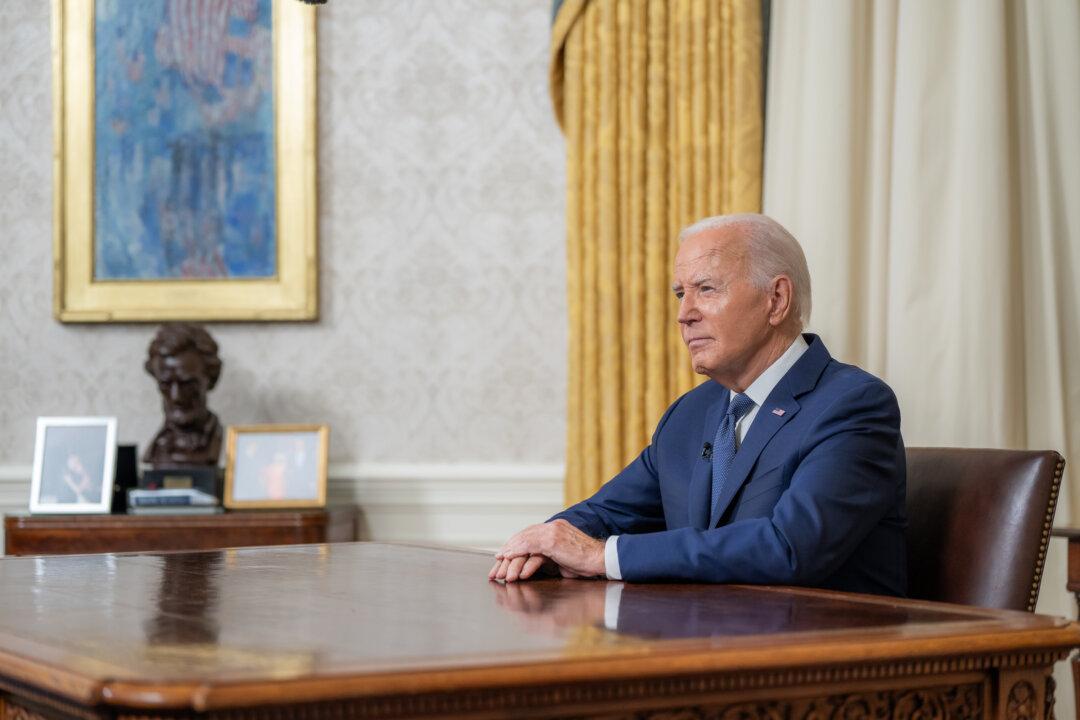News Analysis
For four years, President Joe Biden has described climate change as an existential threat requiring a whole lot of government response and trillions of dollars in new spending to force America off fossil fuels.

For four years, President Joe Biden has described climate change as an existential threat requiring a whole lot of government response and trillions of dollars in new spending to force America off fossil fuels.